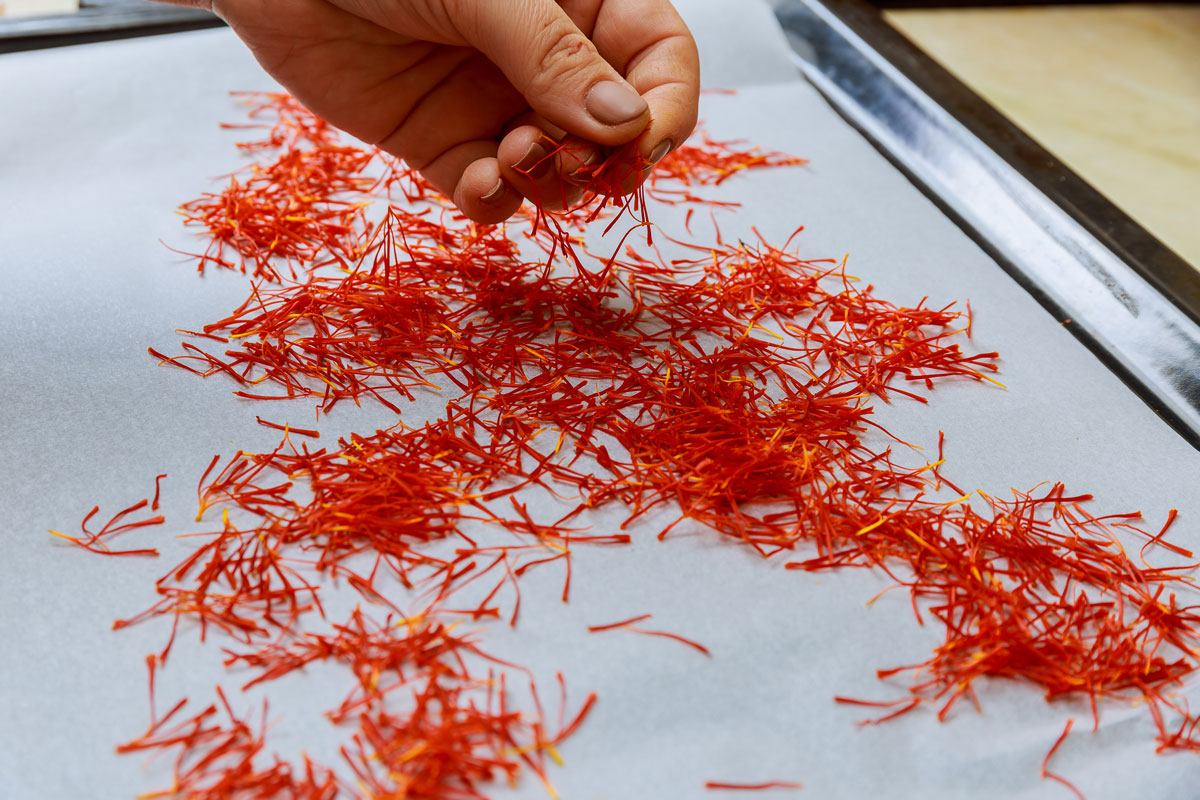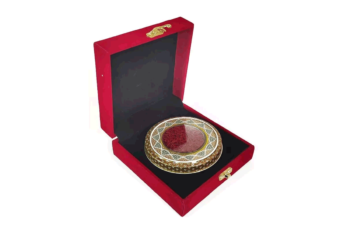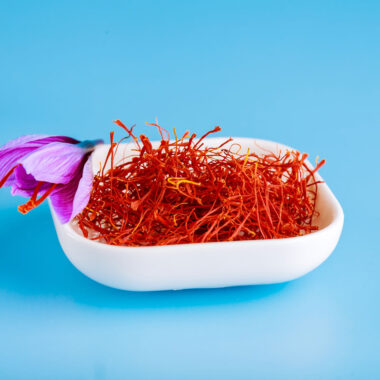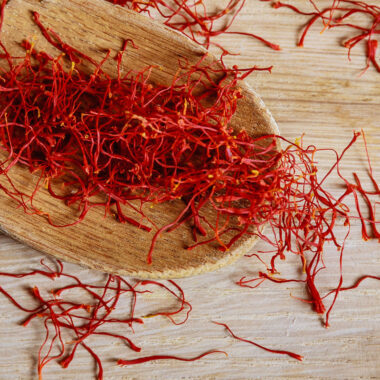Saffron is a highly prized spice, valued for its vibrant color, distinct aroma, and unique flavor. However, like any spice, saffron can lose its potency over time. If you’ve had saffron sitting in your pantry for a while, you may wonder whether it’s still good to use. Here’s a guide to help you determine whether your saffron is fresh and worth adding to your dishes.
Signs That Saffron Is Still Good
- Bright Color
- Fresh saffron threads have a vivid, deep red color with slightly orange tips. Over time, saffron may fade, becoming dull or brownish. If your saffron has lost its characteristic color, it’s likely past its prime.
- Strong Aroma
- Saffron is known for its distinct aroma, which is often described as earthy, floral, and slightly metallic. If your saffron has little to no smell or smells stale, it has likely lost its potency.
- Rich Flavor
- When saffron is steeped in warm water or milk, it should release a vibrant yellow or golden hue and a complex flavor that is slightly sweet and mildly bitter. If the flavor is weak or the color doesn’t develop, the saffron may no longer be effective.
-
Thread Texture
- Saffron threads should feel dry and slightly brittle. If the threads feel soft or damp, it could indicate poor storage conditions, and the saffron may have spoiled.
Shelf Life of Saffron
Properly stored saffron can retain its quality for up to 2–3 years, though its peak flavor and aroma are usually within the first year of purchase. Factors that affect its longevity include:
- Storage Conditions: Saffron lasts longer when stored in a cool, dark, and dry place in an airtight container.
- Exposure to Light and Air: Prolonged exposure to light, air, or humidity can degrade the quality of saffron.
How to Test Saffron for Freshness
If you’re unsure about the quality of your saffron, you can perform a simple test:
- Visual Check:
- Examine the threads for vibrant red color. Dull or faded saffron is a sign of age or poor quality.
- Water Test:
- Place a few saffron threads in warm water. Fresh saffron should release its color quickly, turning the water a bright yellow or golden hue within 10–15 minutes. If the water doesn’t change color, the saffron may have lost its potency.
- Aroma Test:
- Rub a few threads between your fingers or sniff them directly. If you can detect saffron’s signature earthy and floral aroma, it’s likely still good.
How to Store Saffron to Extend Its Shelf Life
To keep saffron fresh for as long as possible, follow these storage tips:
- Use an Airtight Container:
- Store saffron in a tightly sealed container to protect it from air and moisture.
- Avoid Light and Heat:
- Keep saffron in a cool, dark place, such as a pantry or cupboard. Avoid direct sunlight and high temperatures.
- Minimize Exposure:
- Only open the container when necessary, as frequent exposure to air can degrade the saffron.
- Use a Moisture Absorber:
- Adding a small packet of silica gel to the container can help absorb moisture and prevent spoilage.
When to Discard Saffron
If your saffron shows any of the following signs, it’s best to discard it:
- Loss of vibrant color.
- No detectable aroma or flavor.
- Presence of mold or a musty smell.
- Threads feel sticky, soft, or clumpy.
Conclusion
Saffron’s quality is essential for achieving the rich flavors and aromas it’s known for. By examining its color, aroma, and flavor and performing simple tests, you can determine whether your saffron is still good to use. Proper storage is the key to extending its shelf life, ensuring you can enjoy this luxurious spice at its best for years to come.













